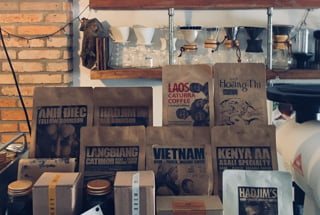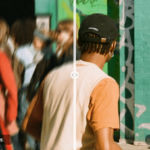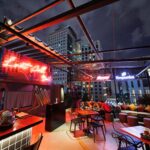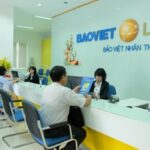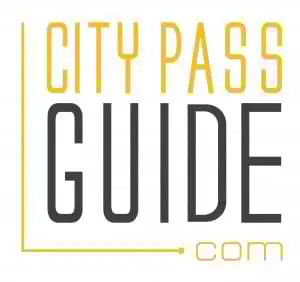Owned by a Vietnamese artist-turned-coffee roaster who realised he wanted to dedicate his life to serving quality coffee, A Coffeehouse is a true ‘indie’ establishment. Its quirky, artistic tastes take craft coffee to the next level. There’s not a huge menu though. Other than the house blend, what else is on the menu is simply whatever is available!
